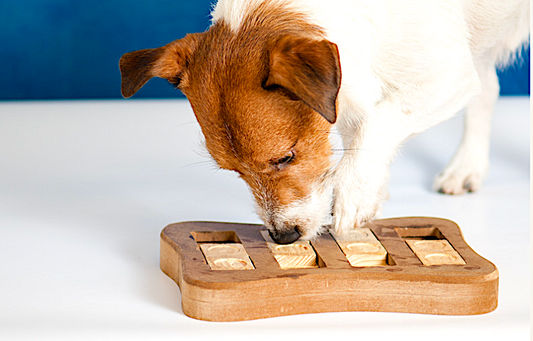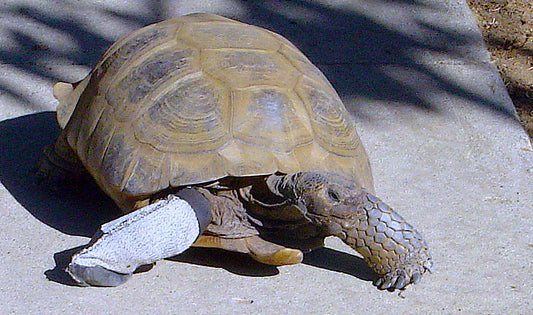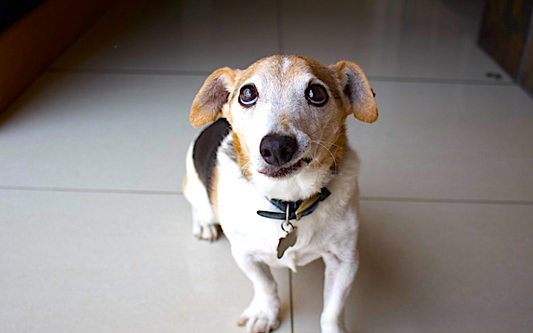Ankle Replacement Offers Relief for Florida Pooch
A veterinary surgeon at UF College of Veterinary Medicine has performed a total ankle replacement procedure on a dog
A seven-year-old Labrador retriever named Leo is back to hiking trails and playing fetch five months after undergoing a total ankle replacement procedure at the University of Florida (UF) College of Veterinary Medicine’s Small Animal Hospital.
Performed by Stanley Kim, BVSc, an associate professor of small animal surgery, the operation aimed to address Leo’s chronic lameness, which had developed due to severe ankle (or hock) arthritis, the university reports.
The issues started in Leo’s left ankle when he was about two years old, according to his owner, Maggie Smallwood, a third-year veterinary student at UF. The dog was “tentatively” diagnosed with osteochondritis dissecans (OCD), a bone and cartilage condition that can lead to osteoarthritis (OA).
“We managed it conservatively, with anti-inflammatory medications as needed, but Leo is very active and, as he aged, the lameness was getting more frequent,” Smallwood says. “He was losing muscle mass in that limb because of it. Although Leo is a stoic dog, he would be sore after walks, hikes, and especially after playing fetch.”
When Smallwood learned UF Small Animal Hospital offered total ankle replacement, she approached Dr. Kim to see if it was an option for Leo. The dog was ultimately deemed a suitable candidate.
The three-hour procedure involved replacing the damaged surfaces of Leo’s joint with a prosthetic implant designed to replicate these surfaces and eliminate the pain associated with end-stage OA of the joint.
“The implant replicates the natural articular surfaces of a dog’s ankle and utilizes the latest in biomedical manufacturing and material technologies,” says Betsy Sives, marketing manager for BioMedtrix, the developer of the proprietary TATE Ankle.
The procedure required milling out the joint with a special drill tool and directly inserting the implants together, Kim says. The implants are cementless, with a porous coating that encourages the natural bone to grow onto it.
The surgery went well, though it was about three months before Leo was cleared to work toward his preoperative lifestyle.
“There were some life adjustments made to accommodate his restrictions, including his confinement pen, and keep him entertained while on cage rest, but we both looked forward to his range of motion exercises and sniff breaks outside on the leash,” Smallwood says. “His recovery was super smooth and each recheck gave us great news on his recovery.”
Now five months post-op, Leo and his owner recently returned from a trip to North Carolina where they hiked together for the first time since his surgery.
“He was like a new man,” Smallwood says. “We are looking forward to getting back on the trails full force.”
For more, check out the video below, courtesy UF.
Author: Sarah Carey files from UF





